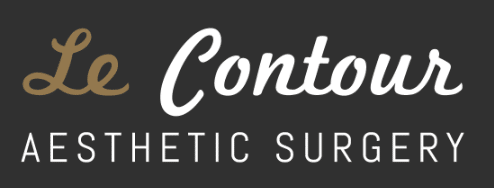Many males experience gynecomastia, or enlarged male breasts. While it’s not a dangerous condition, it can cause anxiety and low self-confidence in those with the condition. There is a difference between true gynecomastia and another pseudogynecomastia. This blog will discuss that difference, as well as symptoms and treatment.
4 Min Read:
What is Gynecomastia?
It’s not a secret that more men than ever care about how they look. Gynecomastia, often referred to as “man boobs” or “moobs,” is a condition where the male breast tissue—particularly the glandular tissue— is overdeveloped and enlarged. This condition can appear in males of any age but is most common in infants, adolescents, and men over the age of 50. It can affect one or both breasts, sometimes unequally.
This is usually not a serious medical condition. However, it can cause pain and breast tenderness for some people. Also, many people with gynecomastia are embarrassed about their appearance, and the effect on their self-confidence can be significant.
What Causes Gynecomastia?
There are several causes for male breast enlargement, some of which are explained below.
Hormones
High levels of estrogen can cause excessive breast growth, especially when they’re not balanced with testosterone. However, there are periods in a person’s life when their estrogen levels are naturally high.
- Infants: Over half of babies born male have enlarged breasts due to pregnancy estrogen levels.
- Adolescents: During puberty, hormone changes can cause temporary gynecomastia that lasts six months to two years.
- Adults: Hormone levels change again as men age, which can cause gynecomastia.
Medications
There are several medications and drugs that can cause gynecomastia. If you are taking medications, check the label or ask your doctor about the side effects. Examples of medications that can affect the breast tissue include:
- Anabolic steroids
- ADHD medications
- Some anti-anxiety medications
- Tricyclic antidepressants
- Some antibiotics
- Opioids
- Chemotherapy
Recreational drugs can also contribute to the growth of male breast tissue. These include alcohol, marijuana, anabolic steroids, amphetamines, and heroin.
Health Conditions
Various health conditions that affect hormonal balance in the body can be linked to gynecomastia. Some examples include:
- Aging
- Tumors
- Hyperthyroidism
- Kidney failure
- Liver failure
- Malnutrition
How to Tell if You Have Gynecomastia
There are some symptoms that can help you determine whether you have true gynecomastia versus pseudogynecomastia. These include swelling of breast tissue as well as tenderness in this region.
It’s important to have a basic understanding of the types of tissue in the breast. Both male and female breasts contain adipose (fatty) tissue and glandular tissue. The glandular tissue in male breasts is typically not functional. With gynecomastia, however, these overdeveloped breast glands become noticeable, with a firm mass protruding from underneath the nipple. They may feel tender to the touch or produce discharge.
Your primary care provider can perform a breast ultrasound to determine for certain if you have the enlarged breast gland tissue that characterizes gynecomastia.
What is Pseudogynecomastia?
Oversized male breasts are not always caused by the overgrowth of glandular tissue. Sometimes, these breasts consist almost entirely of fatty tissue. This is called pseudogynecomastia. This condition can be related to overall weight or how fat is distributed in an individual’s body.
Although not true gynecomastia, this condition is still upsetting to many people, and it is often resistant to diet and exercise. It can cause feelings of anxiety and self-consciousness for affected individuals and can decrease their quality of life.
How Can I Get Rid of Gynecomastia?
Sometimes, gynecomastia goes away on its own, especially in children and adolescents. However, sometimes, the condition persists beyond adolescence or results from weight gain. Fortunately, if persistent, there is a relatively straightforward solution to both kinds of gynecomastia.
- Gynecomastia surgery is designed to surgically remove excess skin, fat, and glandular tissue, restoring a flat, masculine contour to the chest region.
- Liposuction is an effective pseudogynecomastia treatment. Excess fat is gently broken up and suctioned out with a cannula. Skin removal may be necessary. The result will be a firmer, tighter chest area.
Want to Learn More About Gynecomastia Surgery in Orlando, FL?
If you’d like to learn more about gynecomastia or your options for getting rid of it, schedule a consultation at Le Contour Aesthetic Surgery by filling out our online contact form or calling (407) 447-1628.
